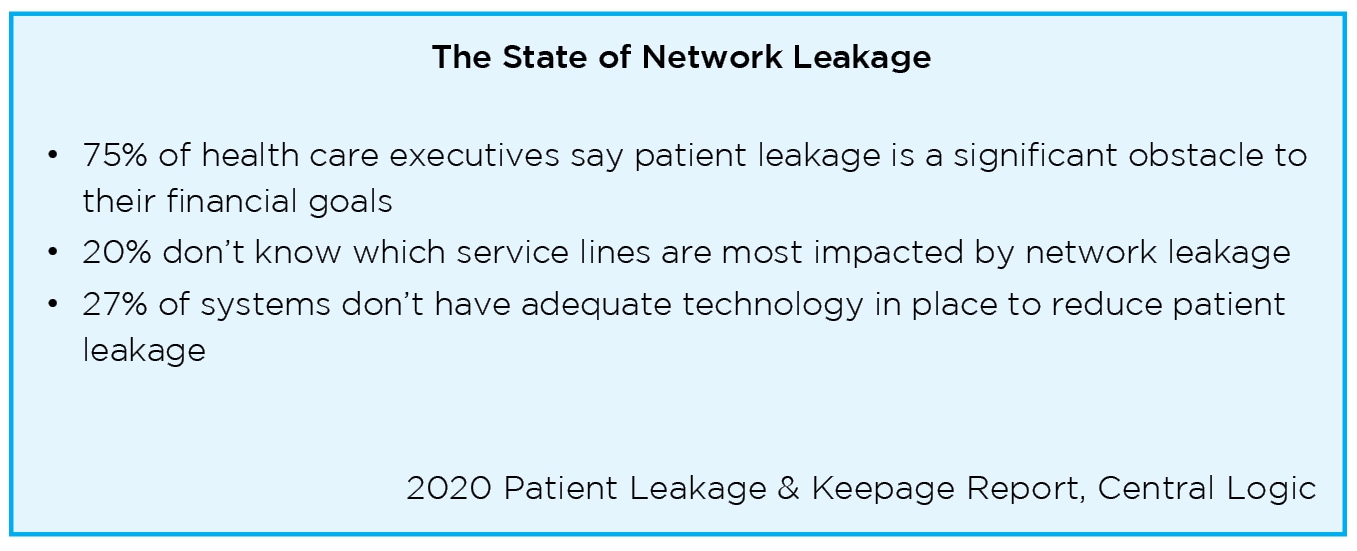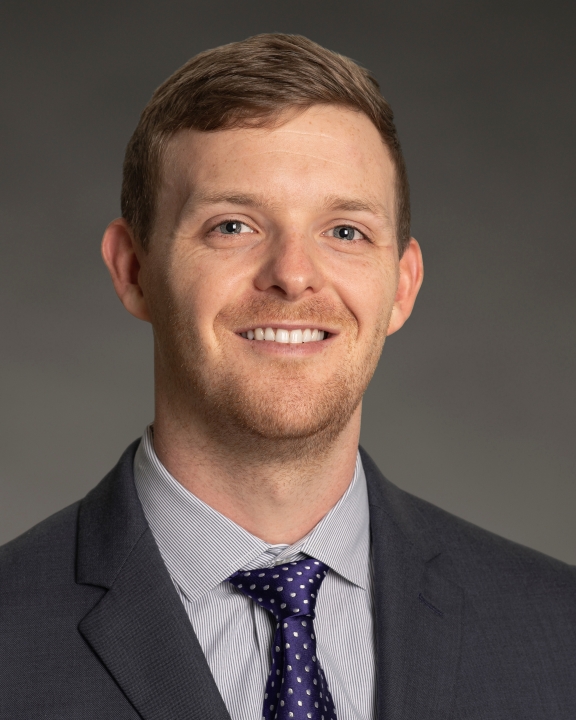Network leakage is a priority for 96% of health system and hospital executives, and more than 79% have been working to decrease leakage for more than three years.1 For those searching for a solution to address this pressing issue, Montefiore Medical Center Bronx has cracked the code.
The academic medical center in the Bronx is reducing out-of-network care, especially for its centers of excellence, using a combination of data analytics to uncover hot spots and targeted provider relations. The key has been a self-service data analytics platform designed for business users to do their own analyses – Analytics for Risk Contracting (ARC). ARC has eliminated delays and back-and-forth requests with the health system’s busy analytics team.
Using the data analytics platform led to a strategic shift in focus. Montefiore began identifying members who might go out-of-network and address leakage before it happens. In particular, Montefiore reviews data to find patients who have received a diagnosis or treatment recommendations from their primary care physicians and whose next step is a specialty consult.
Our effort is “about identifying and capturing missed opportunities for the delivery system. If we can identify patterns of utilization outside the network, we can engage the specialties that can benefit from capturing the service,” said William Scesney, Associate Vice President, Network and Business Development, Montefiore Medical Center.

Lessons from bariatric surgery
Taking the new approach in mid-2020, Scesney started with one of Montefiore’s world-class programs: bariatric surgery. He was able to quickly locate more than 5,400 people who had visited the system’s primary care physicians (PCPs) in the previous year because of morbid obesity.
Those who are eligible for bariatric surgery must undergo a six-to-12 month evaluation and management (E+M) process. Using E+M codes, Scesney discovered a high number of E+M services were billed out-of-network.
Armed with information by doctor and practice, Scesney met with medical directors of some PCP practices and shared the reports with them. He learned Montefiore bariatric surgeons had long waiting lists, so patients often resort to care from out-of-network surgeons. In those cases, not only did Montefiore lose out on the surgery but most, if not all, of the related care leading up to the surgery, such as nutrition and psychological counseling. Other physicians referred patients to the Montefiore bariatric surgeons but sent patients who were not eligible for surgery to out-of-network providers for tangential services, such as weight loss management.
To encourage in-network referrals for bariatric surgery and related services, Montefiore made some operational changes. It discovered opportunities to streamline the administrative referral process. Previously, once a PCP made a bariatric surgery referral, he or she might lose track of their patients’ progress. Now, Montefiore has opened up the medical record so PCPs can monitor their patients’ course of treatment.
Encouraged by the early results from the bariatric surgery interventions, Scesney is applying a similar data-analytics and provider relations strategy to lower leakage for other key service lines such as cardiac care and surgery and dermatology and Mohs surgery. “We’re just getting started and putting fixes in place. We don’t expect the improvements to be reflected in the data for 12 months,” he said.
“This data analytics program is a game-changer. You can’t improve operations and leakage without data. With other software analytics, you have to draw inferences. With ARC, we have patient-and provider-specific data to act on,” Scesney said. “ARC makes it possible for people in operations, who are not IT experts, to access and work with our own data to drive improvements.”
Please contact us at info@copehealthsolutions.com for more information about ARC and using data-analytics to reduce network leakage.
Footnotes
1 2020 Patient Leakage & Keepage Report, Central Logic

